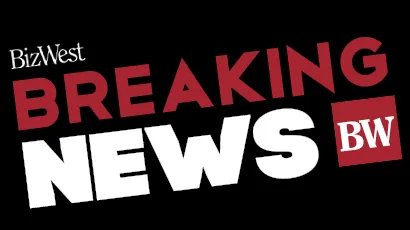Editorial: It’s time for voters, at last, to repeal Colorado’s Gallagher Amendment
Colorado voters should pull the state’s property-tax system out of the 1980s, Nov. 3, by supporting Amendment B.
While it would be a monumental step for Colorado voters to repeal the decades-old Gallagher Amendment, the constitutional measure first enacted by voters in 1982, the time has come to do so.
Simply put, Gallagher caps the amount of residential property taxes that the state collects to 45% of the total, with the balance assessed on commercial properties. The result over four decades is that residential property-tax rates have declined, even as commercial properties bear an unfair burden.
SPONSORED CONTENT
Residential property in 1982 was assessed at 21%, with nonresidential property at 29%. As residential property values have soared, and as the state’s population has increased, the residential rate has declined, to 7.15%, in order to maintain the 45%-55% split.
This has occurred even as the value of residential property has increased its share of all property from 53.2% in 1983 to 79.54% in 2019. Commercial property, which accounts for 20.46% of the state’s total property value, must pay for 55% of taxes collected.
It’s simply not fair, it’s damaging to economic development, and it potentially threatens companies that provide all the jobs in the private sector.
Gallagher is made even more complicated by the fact that the Taxpayers Bill of Rights, or TABOR, passed in 1992, requires a public vote on any mill-levy increase. That has limited the ability to mitigate the effect on owners of commercial property.
Colorado residential property owners now pay the third-lowest tax rate in the country, and while that might sound like a positive factor, the drawbacks are severe.
For commercial real estate, triple-net expenses — which include taxes, maintenance, building insurance, etc. — have soared so much that they can rival the base rent paid for commercial space.
The disparity has created an untenable situation for commercial property owners, small businesses and agriculture, which are seeing steep hikes in expenses with every new property-tax valuation.
At the same time, property taxes in Colorado provide critical funding for K-12 education. In rural communities that have seen little in terms of commercial development, residential property owners are paying less and less in taxes, thereby reducing funding for schools. (Assessment rates in Colorado are set statewide, not on a county-by-county basis.)
Failure to address Gallagher Nov. 3 would mean that the problem will get even worse next year, when commercial property owners would pay an assessment five times that of residential property. It would mean that residential property owners — including in the state’s wealthiest neighborhoods — would receive yet another reduction in their tax-assessment rate, even as commercial properties, small businesses and farmers would pay higher rates.
Colorado voters have an opportunity to work for the greater good by getting Gallagher off the books.
See related story Complicated Gallagher: Voters asked to repeal property-tax regulator
Colorado voters should pull the state’s property-tax system out of the 1980s, Nov. 3, by supporting Amendment B.
While it would be a monumental step for Colorado voters to repeal the decades-old Gallagher Amendment, the constitutional measure first enacted by voters in 1982, the time has come to do so.
Simply put, Gallagher caps the amount of residential property taxes that the state collects to 45% of the total, with the balance assessed on commercial properties. The result over four decades is that residential property-tax rates have declined, even as commercial properties bear an unfair…



